New Year’s eve is a time to reflect on the year that has passed, and to look forward to the future. There are food traditions all over the world, with their own meanings, that help us ring in the new year. Do you have family traditions, or partake in some of these which are well known? It is a lovely, and delicious, way to start the year right. Which one will you try?
Grapes in Spain & Latin America
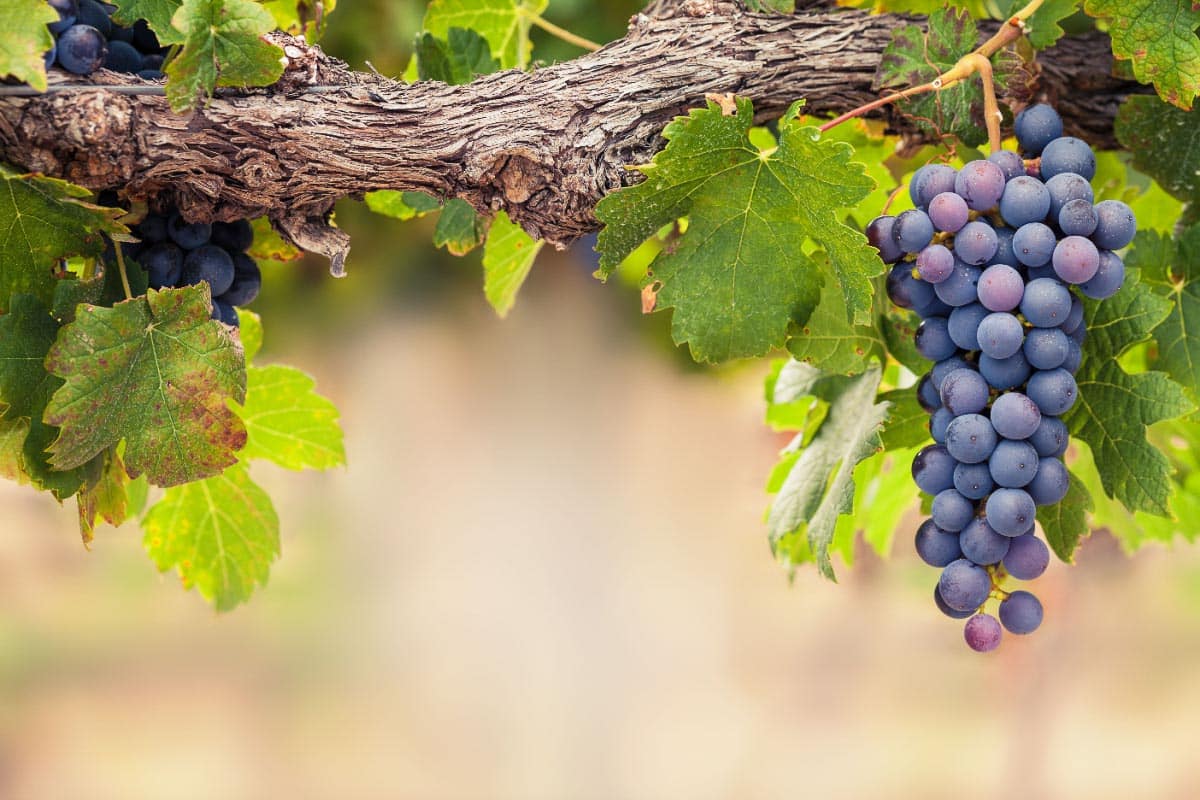
Tradition: Eating 12 grapes at the stroke of midnight.
Reasoning: Each grape represents a month of the coming year, and it is believed that eating them brings good luck and prosperity. We decided to create a grape tart, to be extra festive.
Black-Eyed Peas in the Southern United States
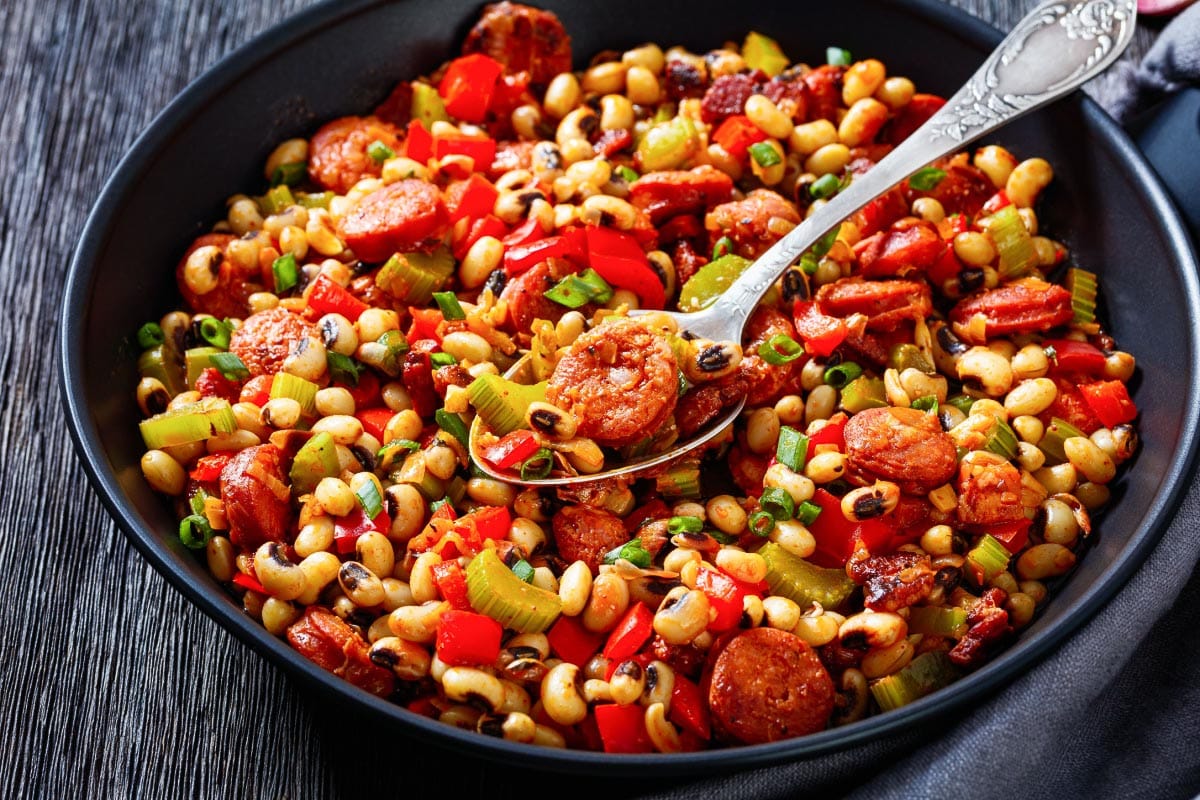
Tradition: Eating black-eyed peas, often in a dish called Hoppin’ John.
Reasoning: Black-eyed peas are considered a symbol of good luck and prosperity in the Southern United States.
Pasteles en Hoja Beloved by Dominicans
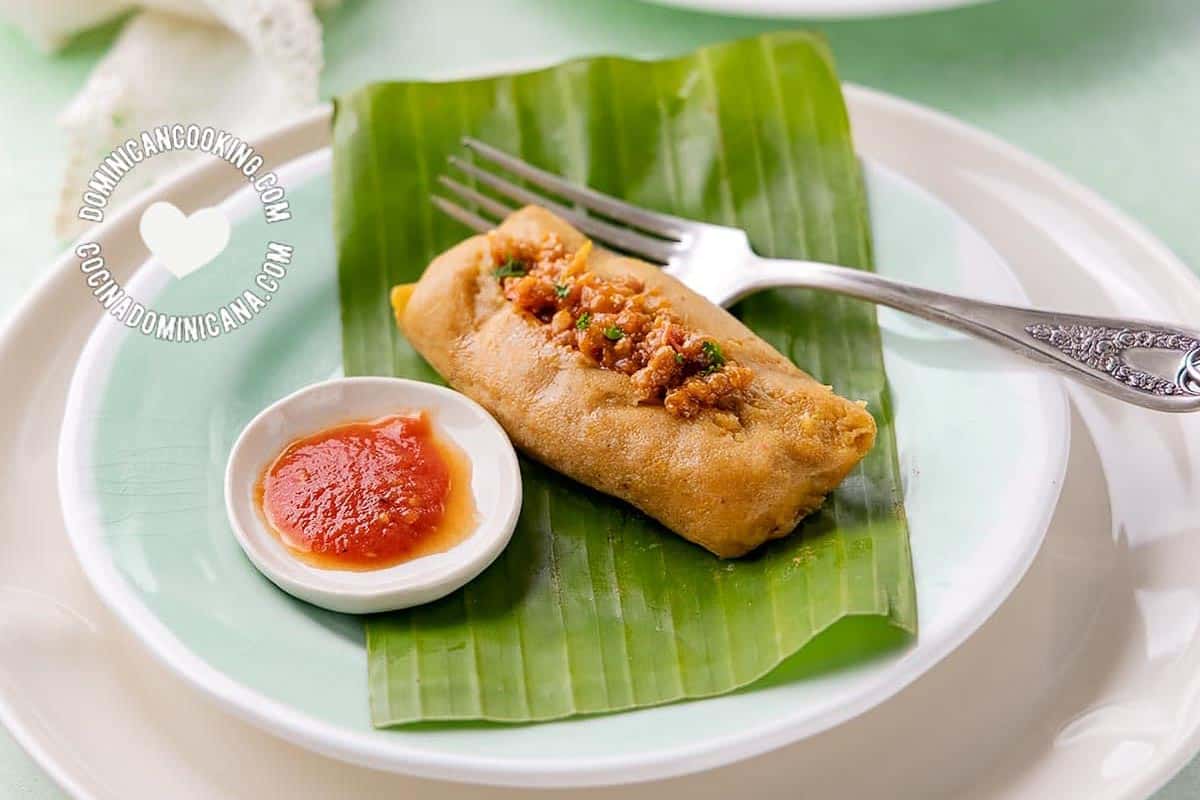
Few dishes are as cherished by Dominicans as Pasteles en hoja, a dish that is an essential component of the Christmas and New Year’s Eve feast and even makes appearances outside of the holiday festivities. See how easy it’s to make creamy pasteles and several rellenos. Get the recipe.
Pork in Germany & Austria
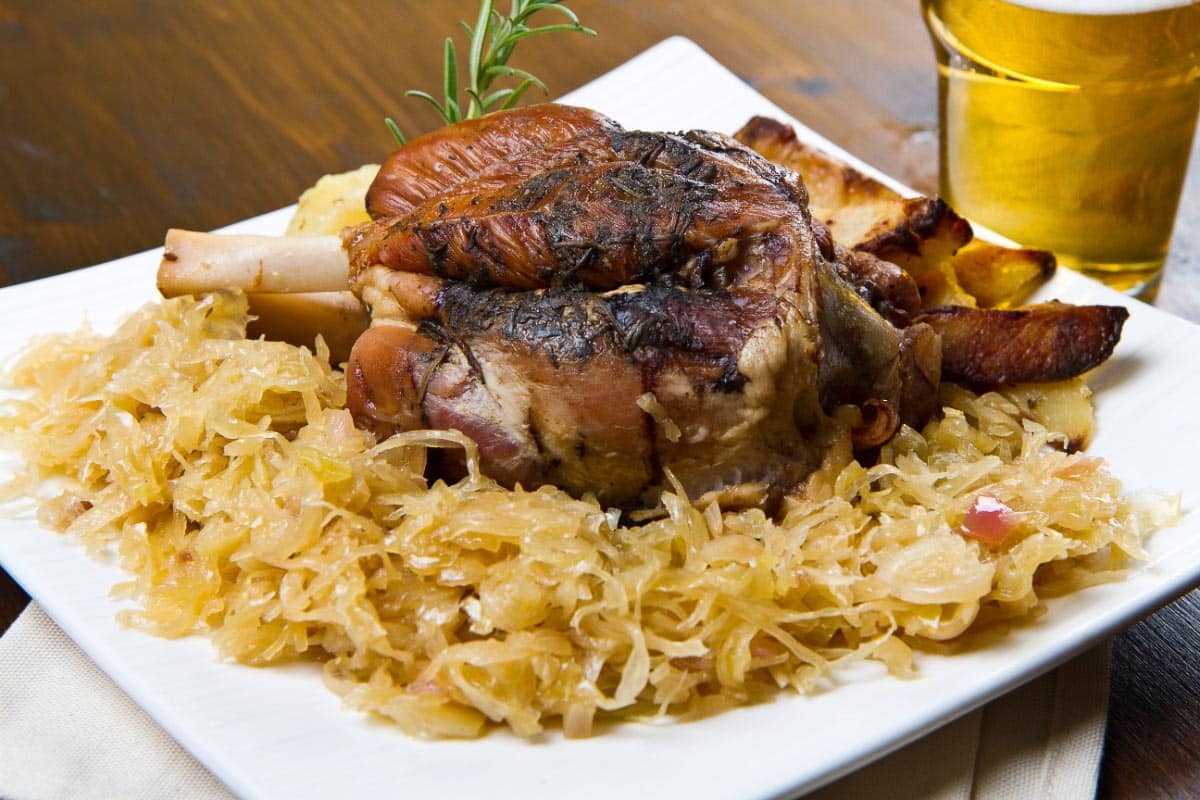
Tradition: Consuming pork, particularly pork sausages or roast pork.
Reasoning: Pigs symbolize progress and prosperity because they root forward with their snouts, and they are associated with positive motion.
Soba Noodles in Japan
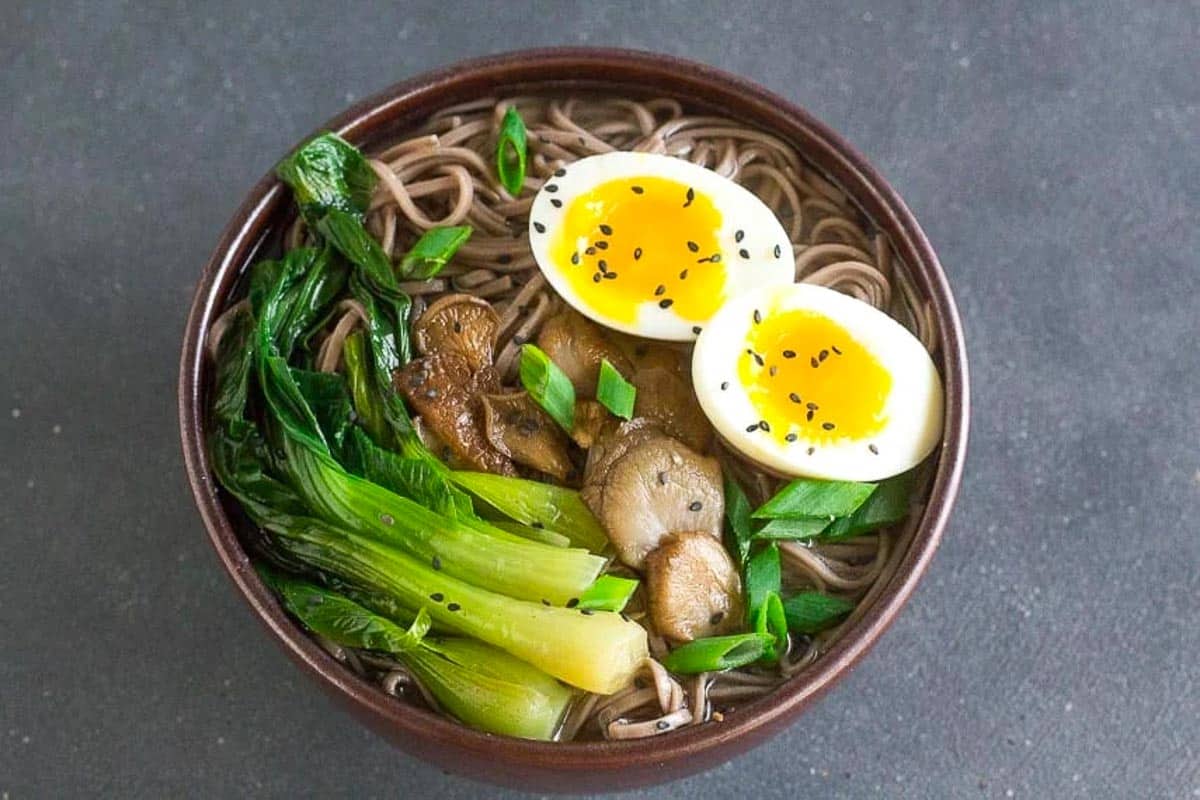
Tradition: Eating toshikoshi soba, a type of noodle dish, just before midnight.
Reasoning: Soba noodles symbolize longevity and are eaten to let go of the hardships of the past year and welcome the new one. Get the recipe.
Round Fruits in the Philippines
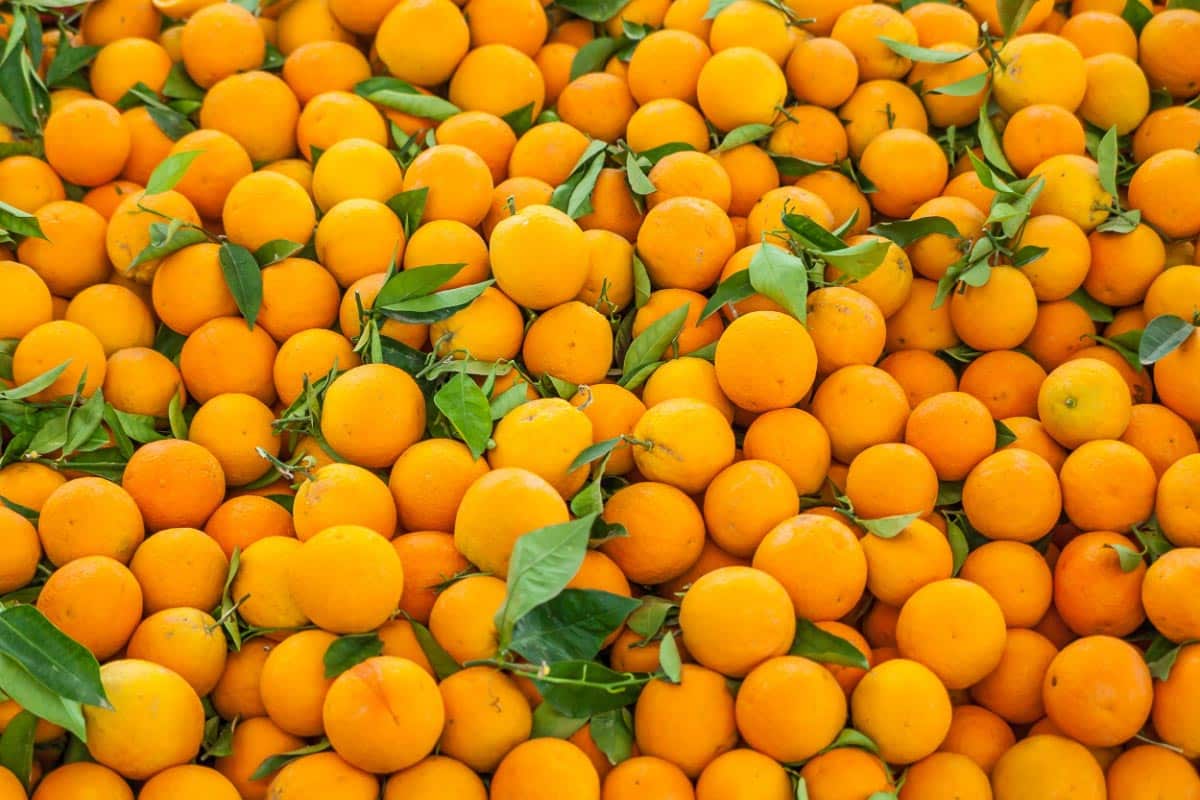
Tradition: Displaying and eating round fruits, such as grapes and oranges.
Reasoning: Round fruits symbolize prosperity and are believed to attract good fortune for the coming year.
Lentils in Italy
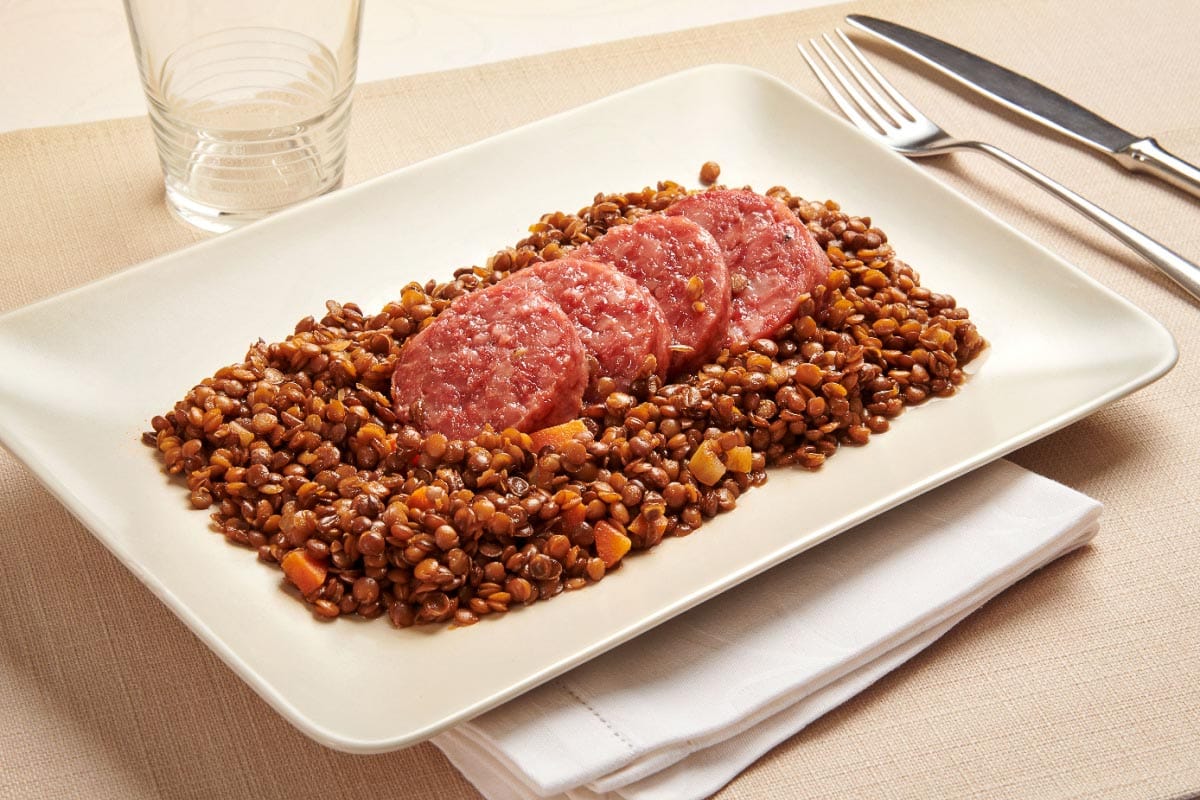
Tradition: Eating lentils, often in a dish called cotechino con lenticchie (sausage with lentils).
Reasoning: The round shape of lentils is thought to resemble coins, symbolizing wealth and good fortune.
King’s Cake or Bread
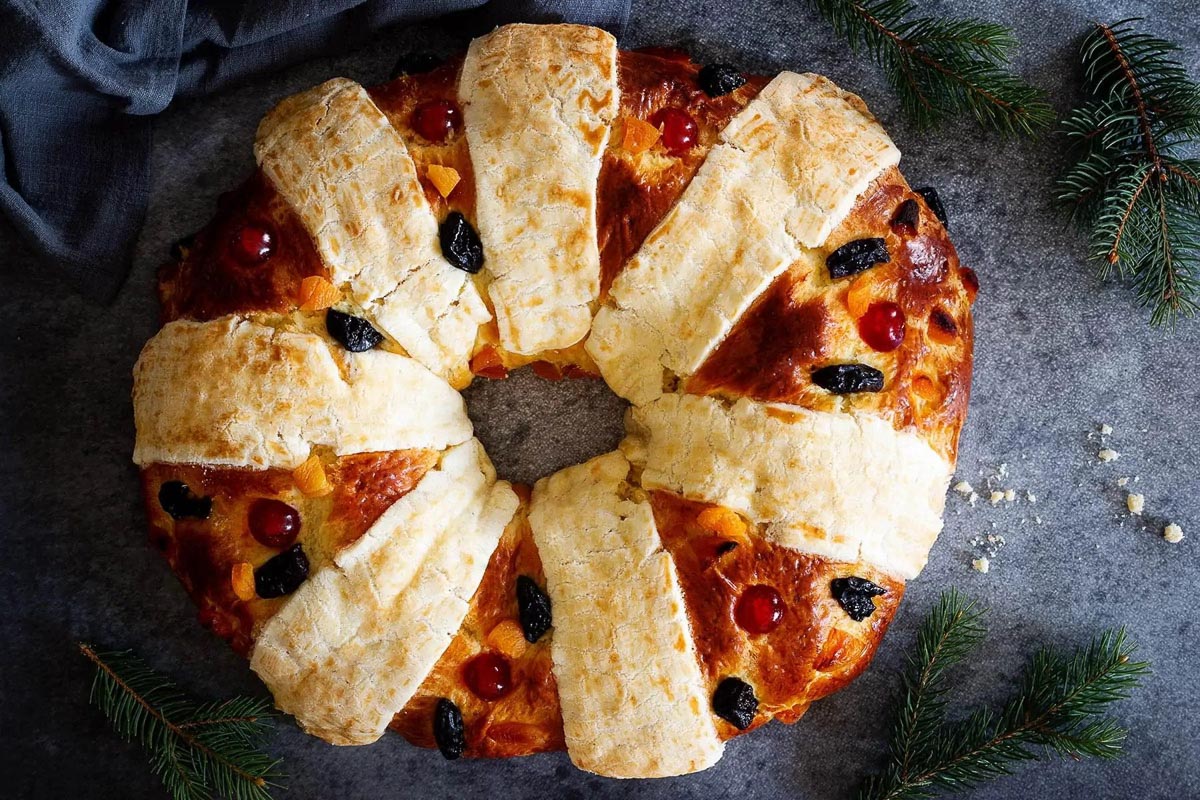
A sweet, circular pastry, cake, or bread that is the centerpiece of a historically Catholic celebration known as Epiphany, which falls on January 6, this treat is often made for the New Year’s celebration. You will find versions all around the world. Here is a Mexican recipe.
Oliebollen in the Netherlands
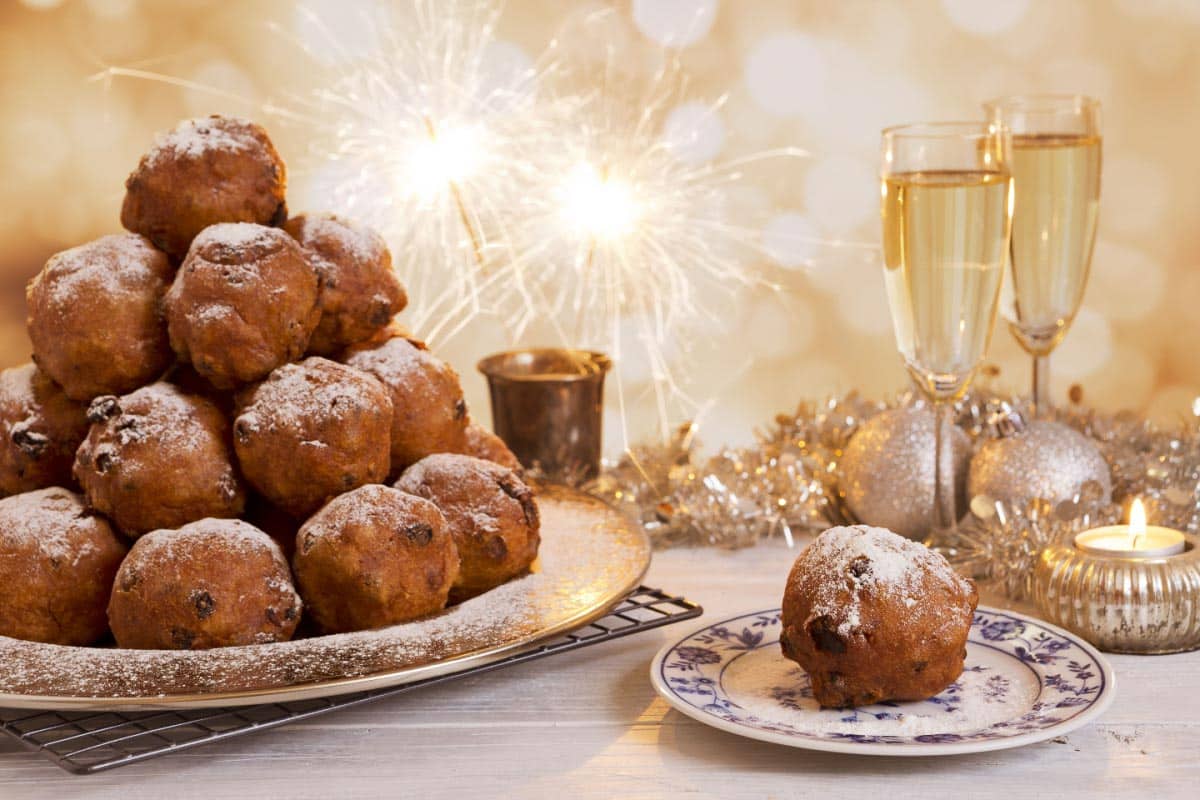
Tradition: Consuming oliebollen, deep-fried doughnut-like pastries.
Reasoning: Oliebollen are associated with the end of the old year and the welcoming of the new. The round shape symbolizes continuity.
Pomegranate in Greece
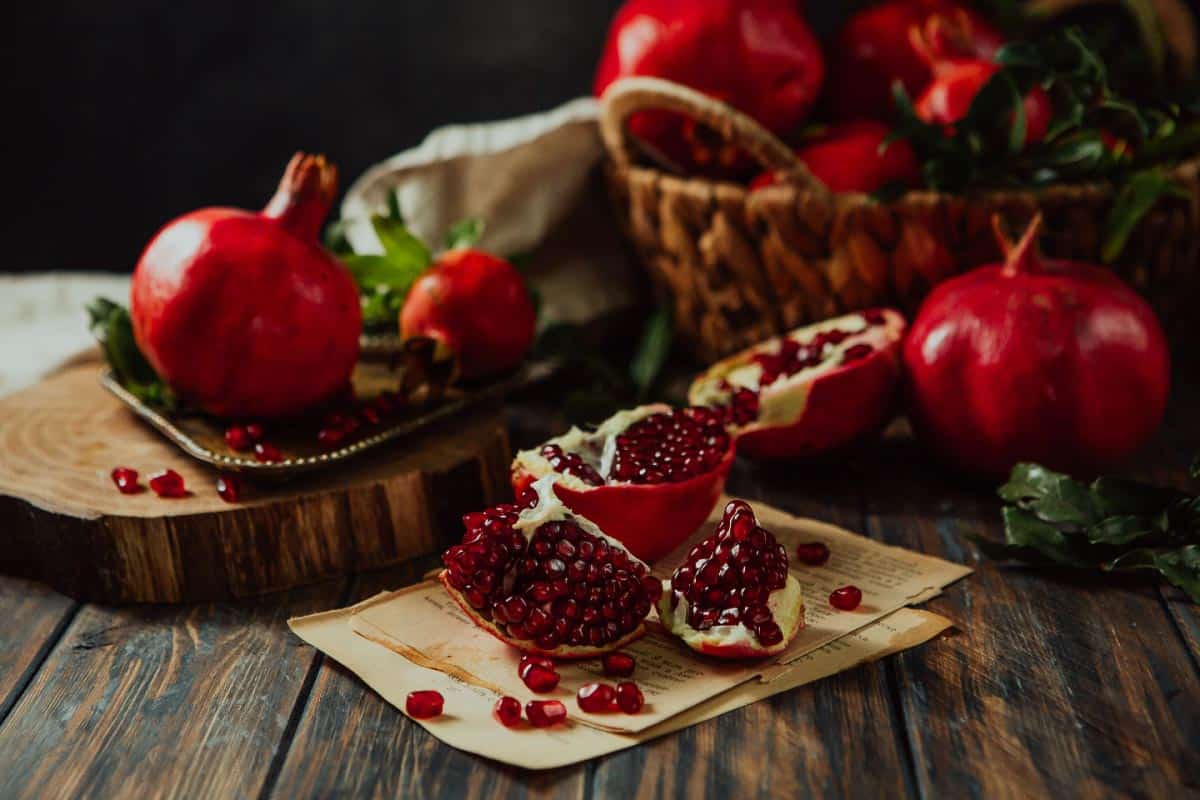
Tradition: Breaking a pomegranate at the doorstep.
Reasoning: Pomegranates are associated with fertility, prosperity, and good fortune in Greek culture. We have a recipe that combines pomegranates and champagne!
Savory Tamales in Mexico
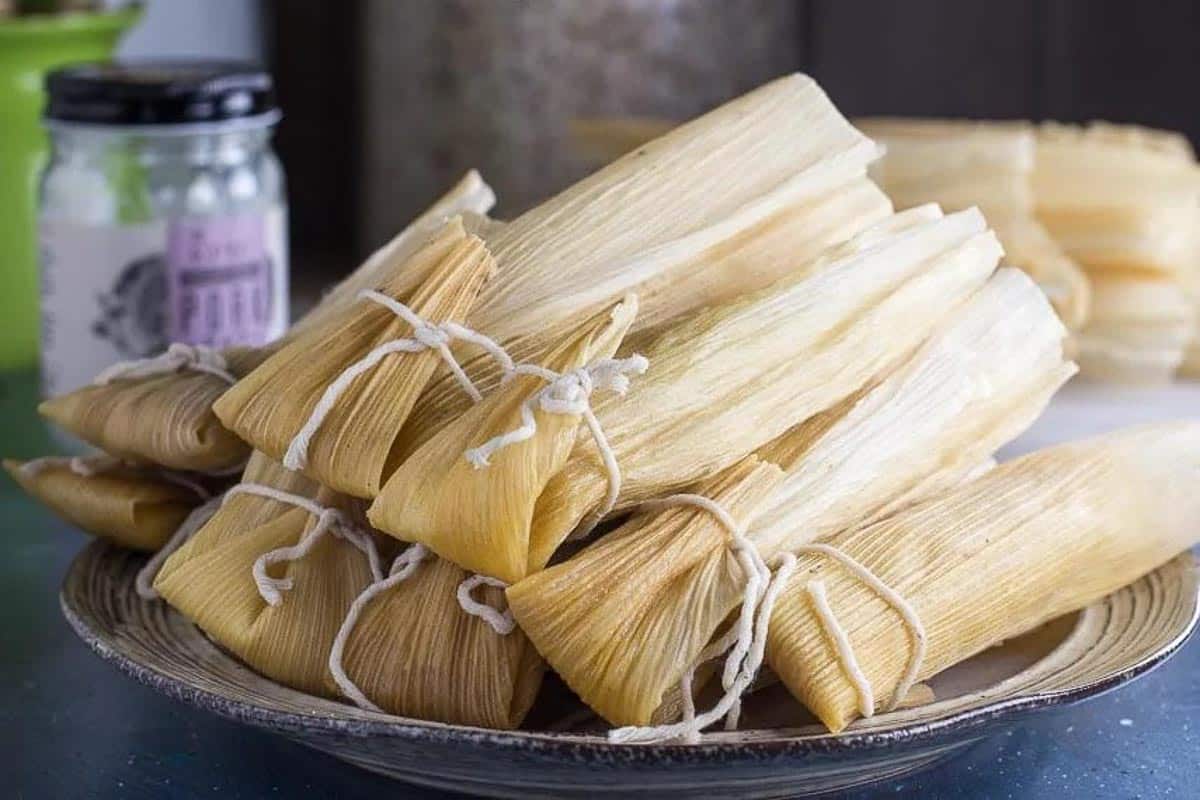
Tamales are a common New Year’s eve treat and can be filled with pork, chicken, or many other fillings, along with the traditional masa marina dough. Get the recipe.
Sweet Tamales in Mexico
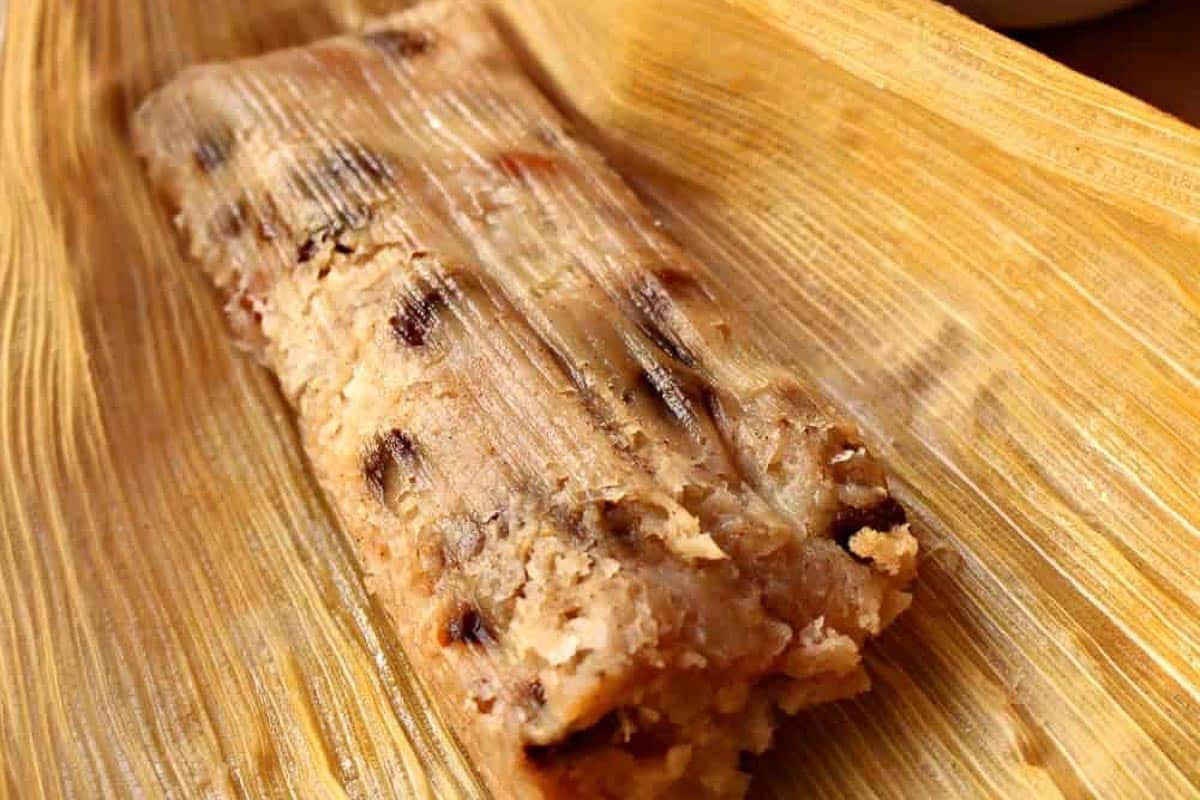
Did you know that some tamales are sweet? Tamales Dulces (Sweet Tamales) are a favorite during the Holidays. A mixture of fruits and nuts wrapped in corn husks. They make a delicious and yummy Mexican dessert. Get the recipe.
Rich Fruit Cake in Scotland
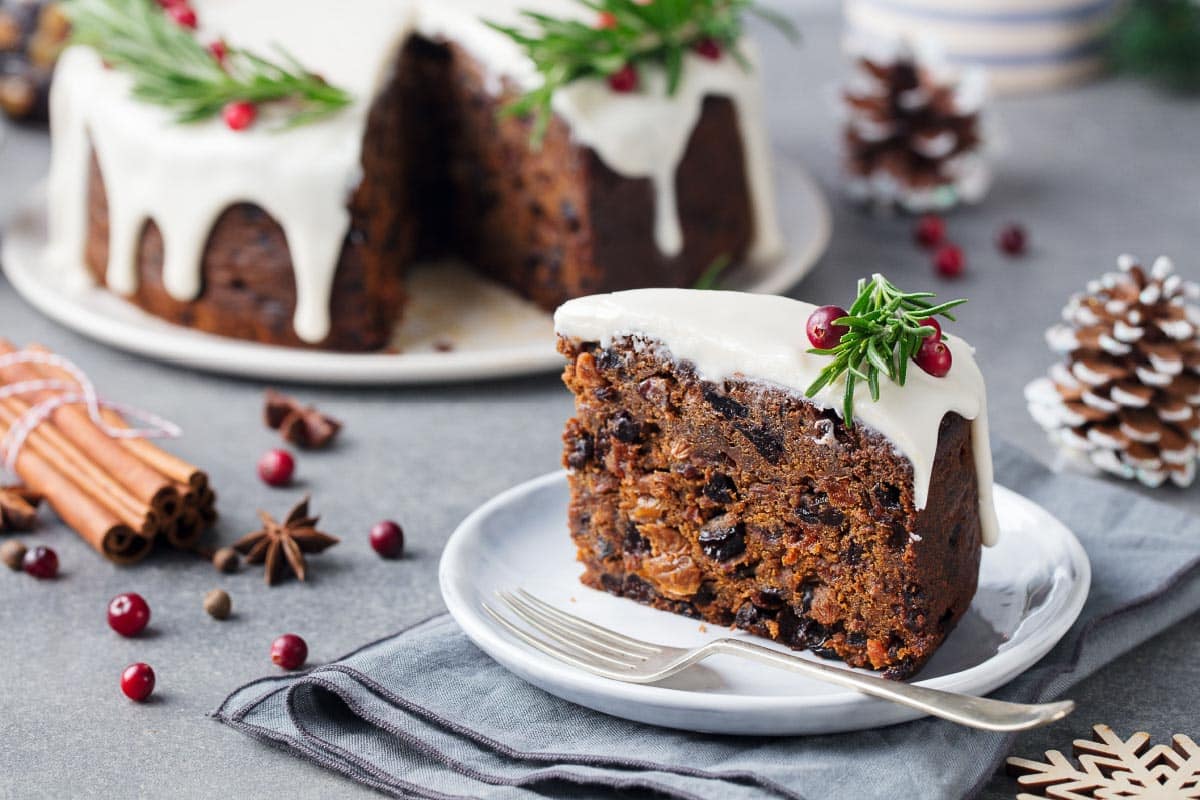
Tradition: Serving a rich fruitcake called Black Bun.
Reasoning: It is believed that eating a rich, sweet cake ensures a “sweet” or happy new year. We have a recipe for mini fruitcakes that is perfect for host gifts.
Fish in Many Cultures
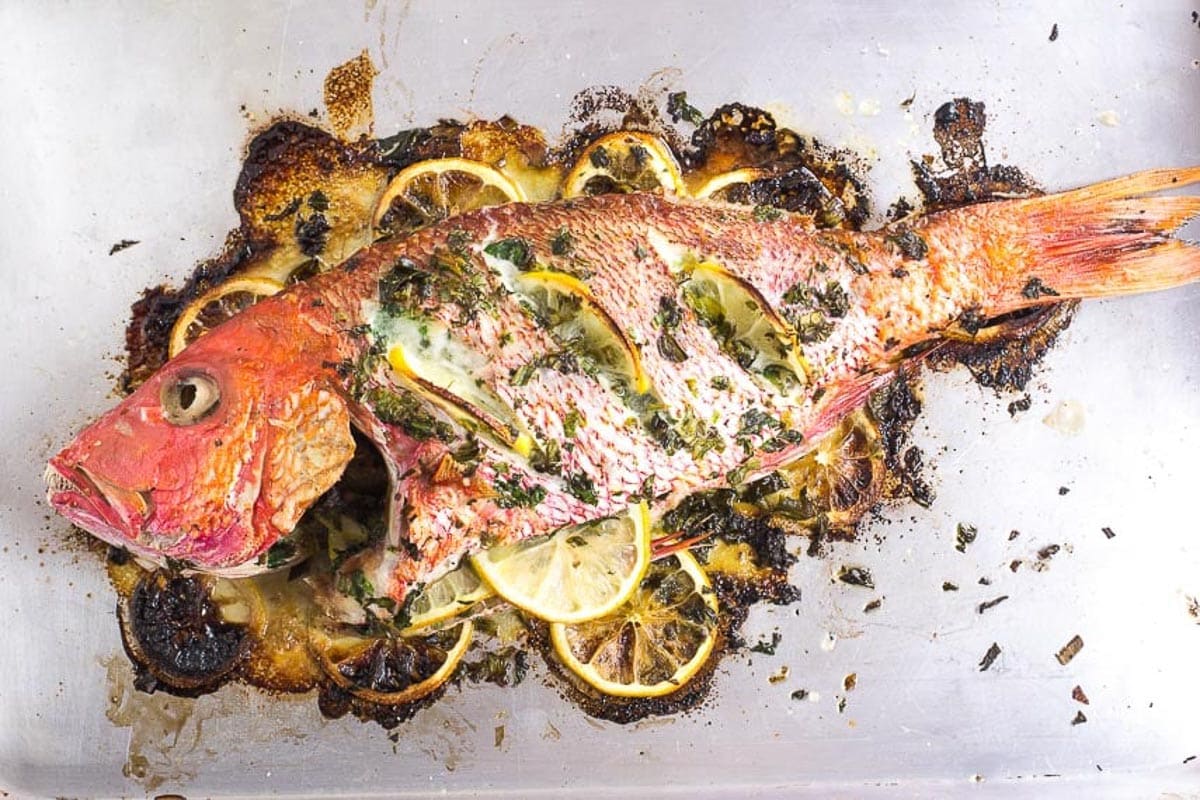
Tradition: Eating fish, often served whole.
Reasoning: Fish symbolize abundance and prosperity, and their scales are associated with coins.
These traditions are often deeply rooted in cultural beliefs and superstitions, and people embrace them as a way to usher in the new year with positivity and good fortune. Get our easy recipe.
85 Desserts For The Chocolate Lover In Your Life
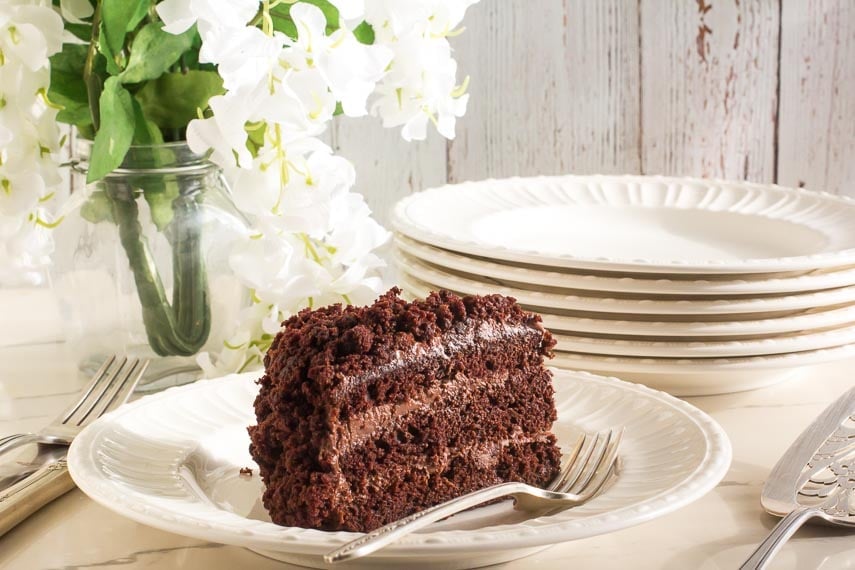
Welcome to the largest collection of desserts for the chocolate lover in your life. Each of these are also gut-friendly so that you don’t have to worry about bloating, or a noisy belly when getting romantic! All of these desserts are gluten-free and low FODMAP! Click for 85 Desserts For The Chocolate Lover In Your Life







